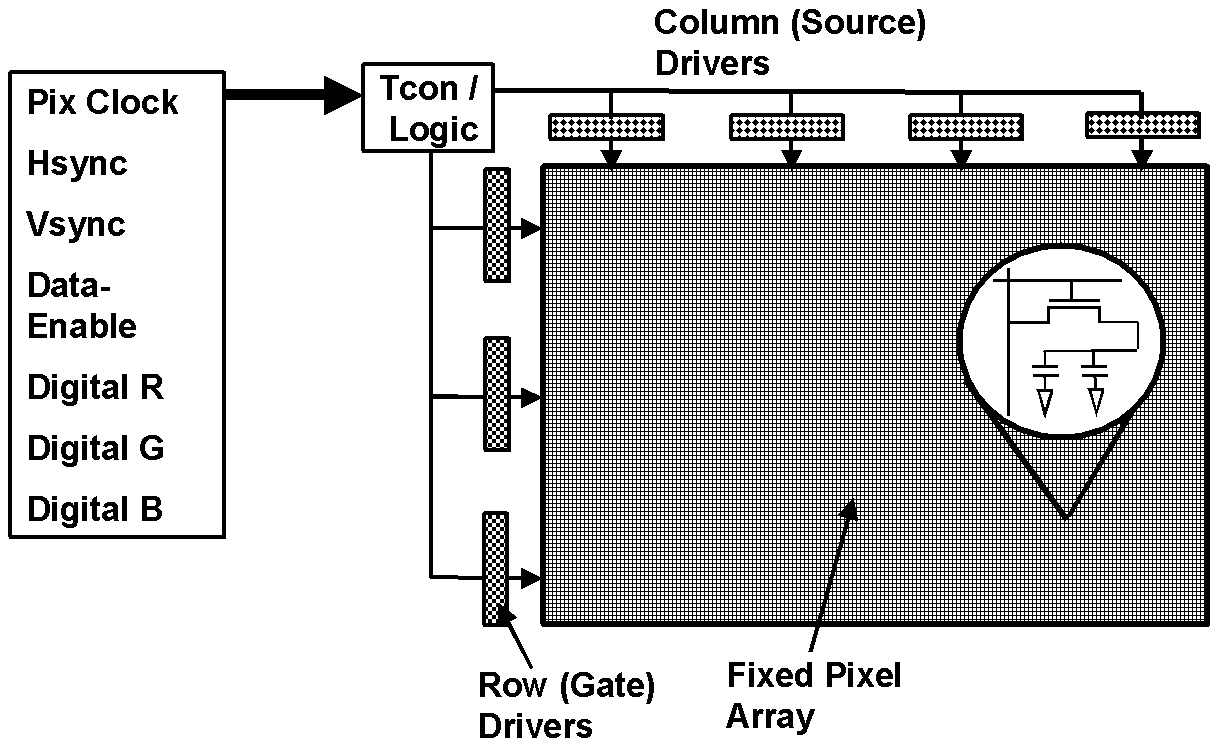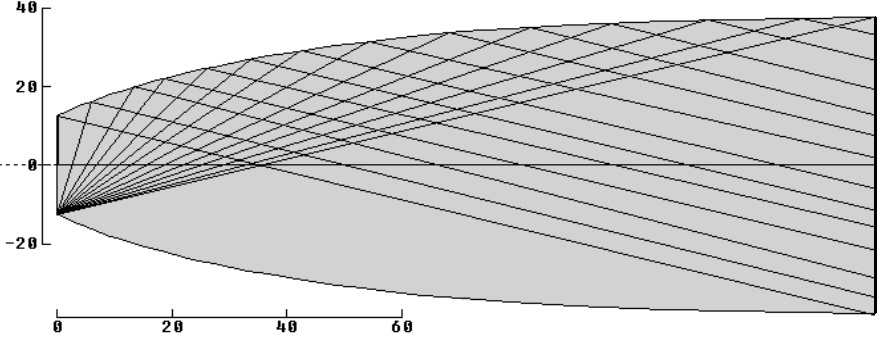Displays

After pioneering work in active matrix, amorphous silicon, thin film transistor, liquid crystal displays, Richard A. Flasck founded RAF Electronics in 1989. RAF’s initial focus was developing and licensing proprietary LCD and HDTV projection technology. Licensees included National Semiconductor and Sega.
Optical Interference Coatings

In the early 2000’s, RAF developed custom proprietary ultra-high performance optical interference coatings. Designs were completed and manufacturing was conducted on a “fabless” basis. A full international supply and vendor chain was established and managed. The supply chain stretched from Germany to Japan to China to Southern California. RAF specializes in “hero” coating stacks of up to 200 precision layers. Many of RAF’s coating products exhibit performance considered “impossible” by conventional standards. Products include High Optical Transmission Wide Angle eXtreme eXtinction (HOTWAXX) polarizing beam splitting cubes (PBS) and NO-SPLIT dichroics that have no S-P split over extended angular and wavelength ranges.
Lens Systems

RAF designs specialty lens systems including etendue matched telecentric (in and out) condenser lens systems and etendue matched telecentric-in HD projection lens systems. Extreme retro-focal projection lenses are also an RAF core competence.
Non-imaging Optics

The company’s expertise extends to the exotic field of nonimaging optics which is a fundamental key to the development of efficient HD projection light sources and beam forming solid state lighting. Etendue matching and the Constant Brightness Theorem, coupled with nonimaging optics, is the basis of the company’s new proprietary patented LED SSL theatrical spotlights and other luminaires.
Solid State Lighting (SSL)

Today, the company’s focus is on solid state lighting. Among the first products is a family of SSL theatrical ellipsoidal instruments. These instruments have the ordinary form factor and deliver full brightness, but consume only 10% of the usual power consumed by filament based instruments and only 40% of the power consumed by comparable LED based instruments.
